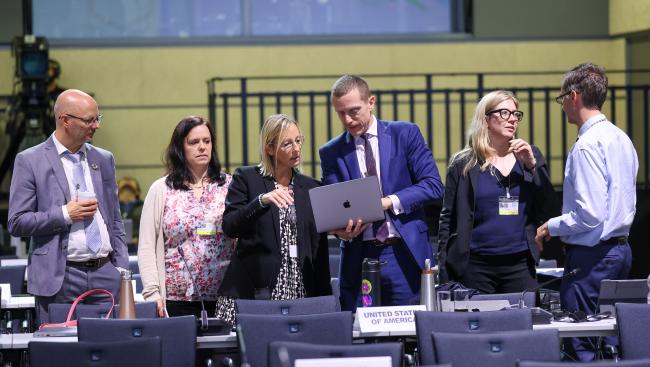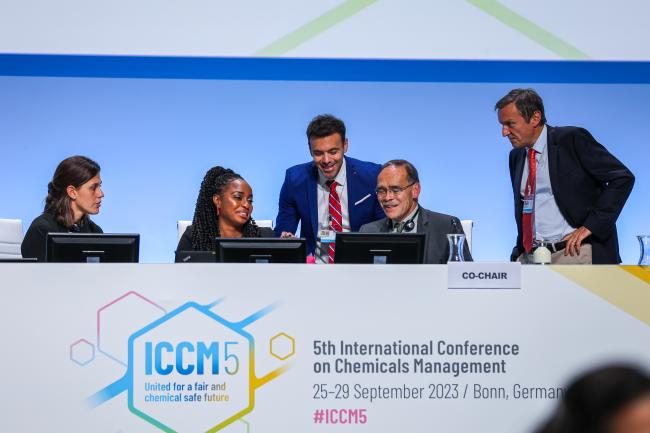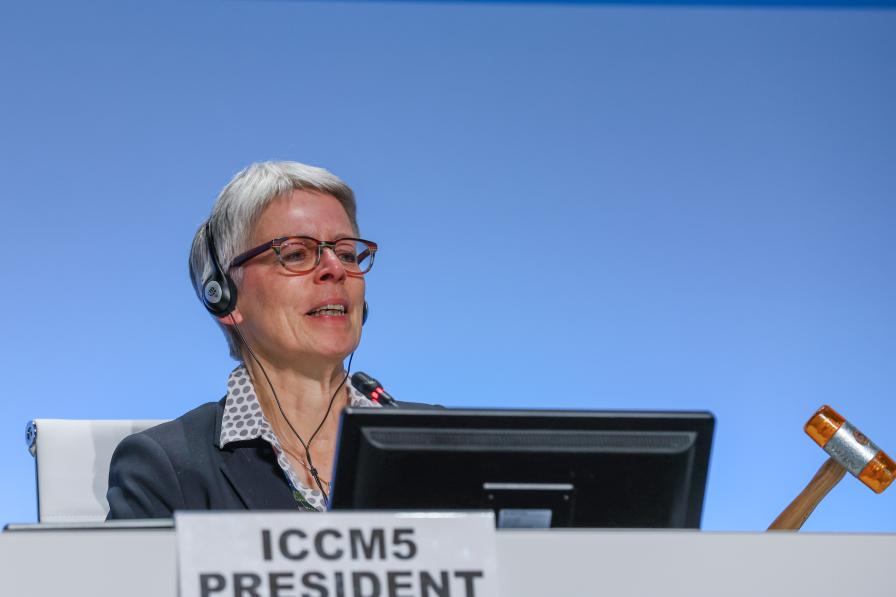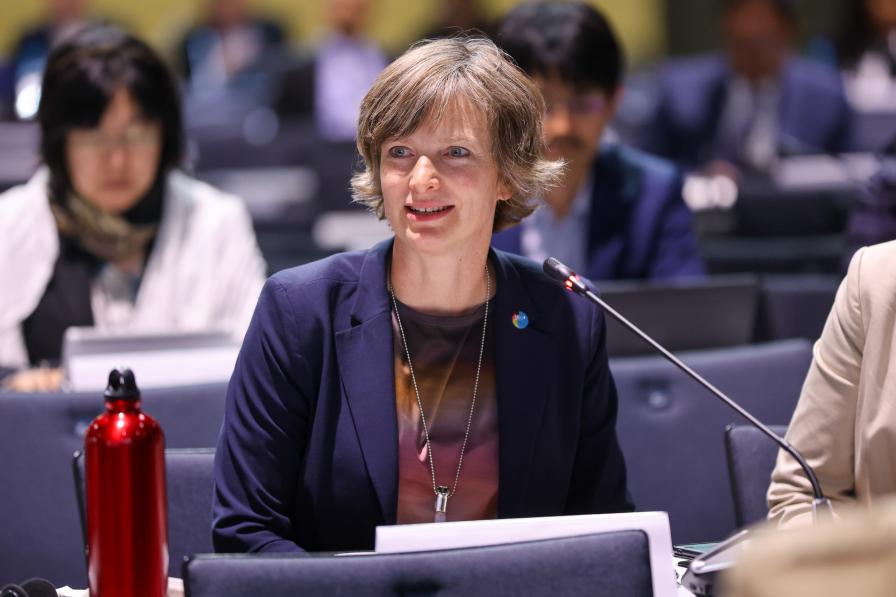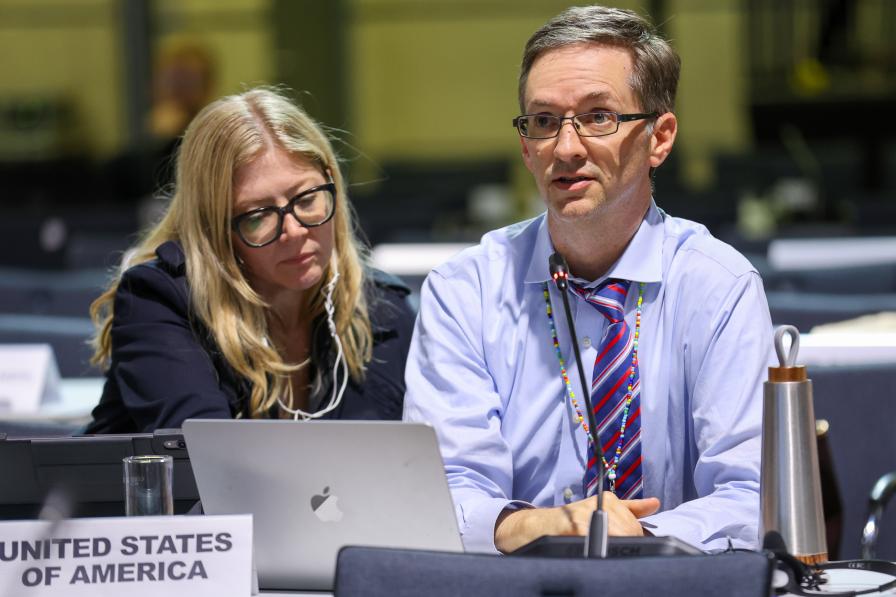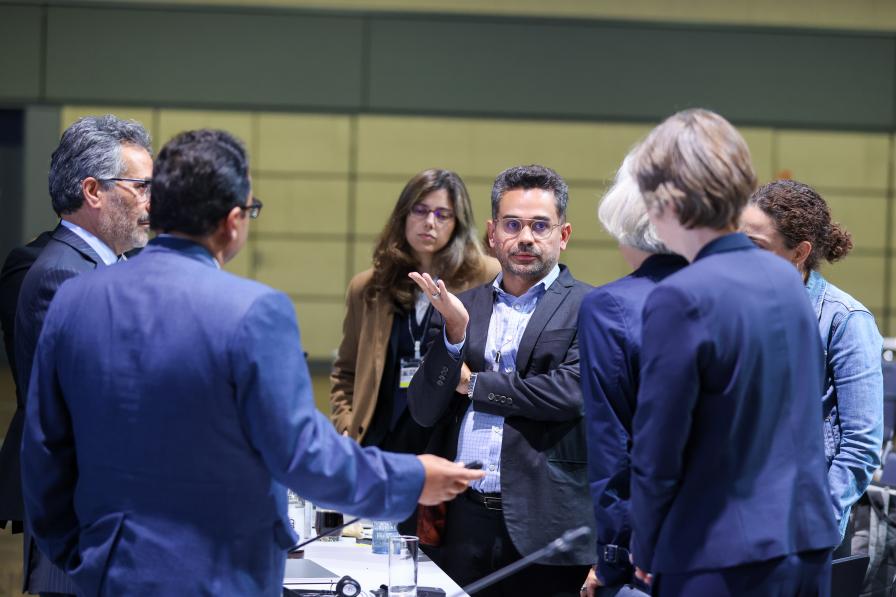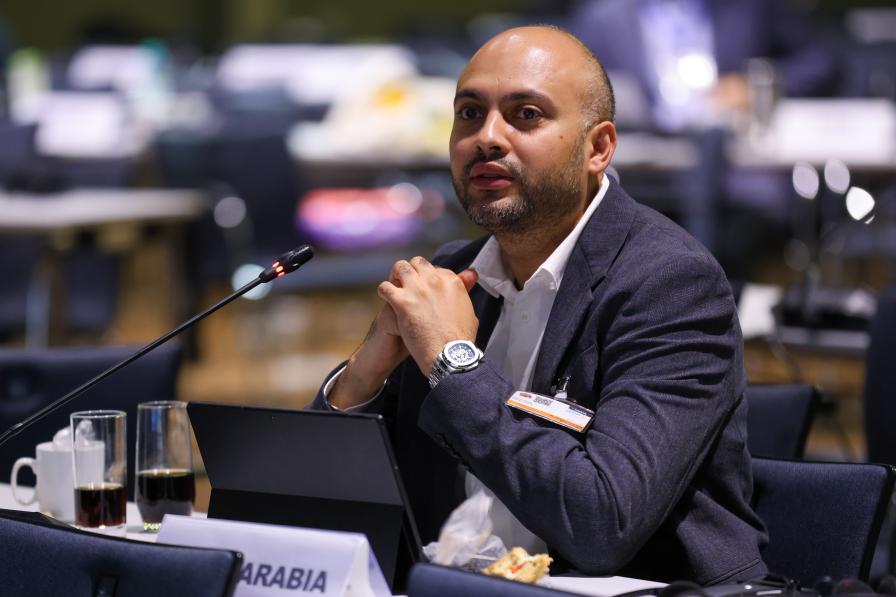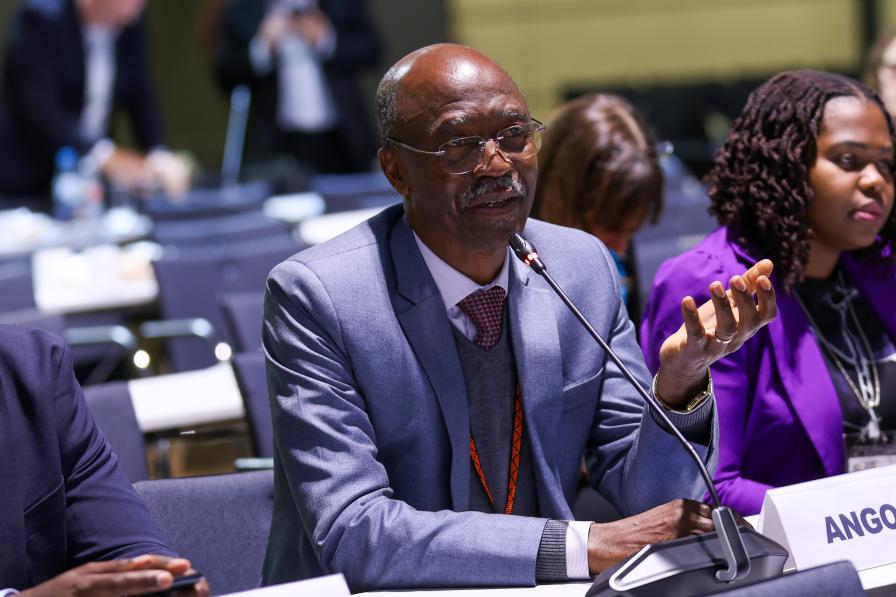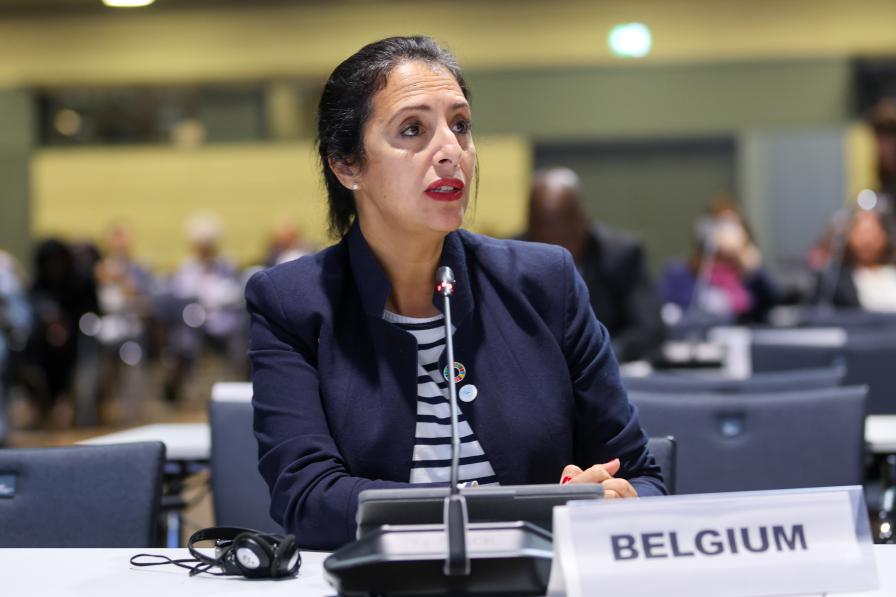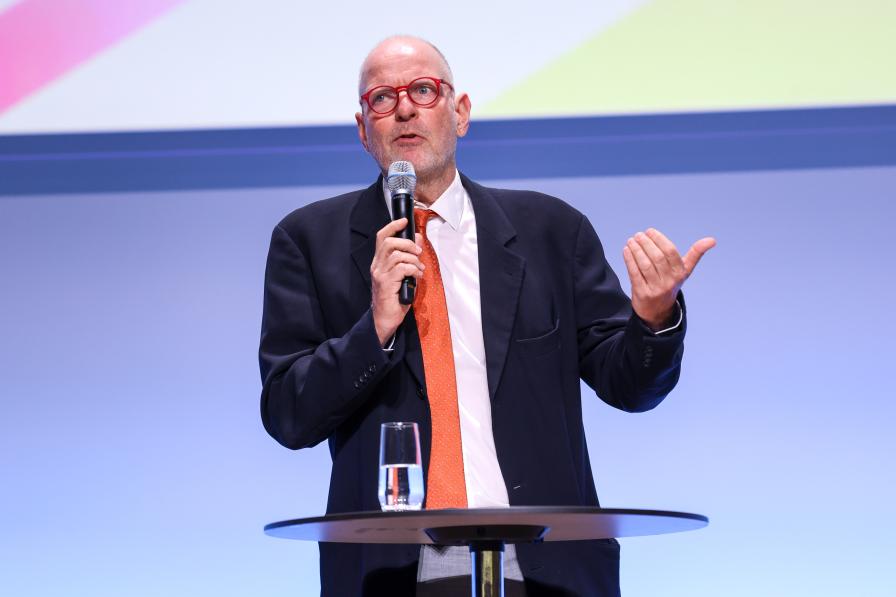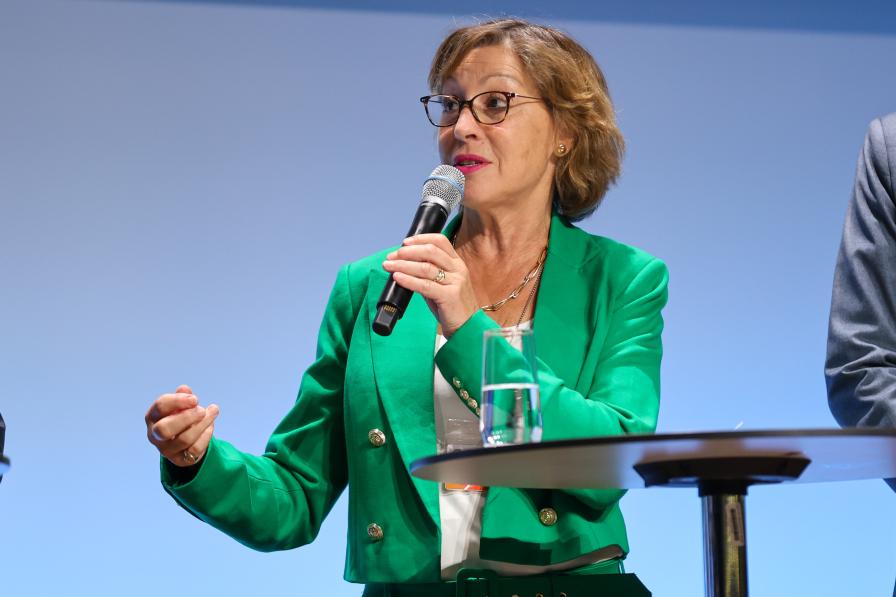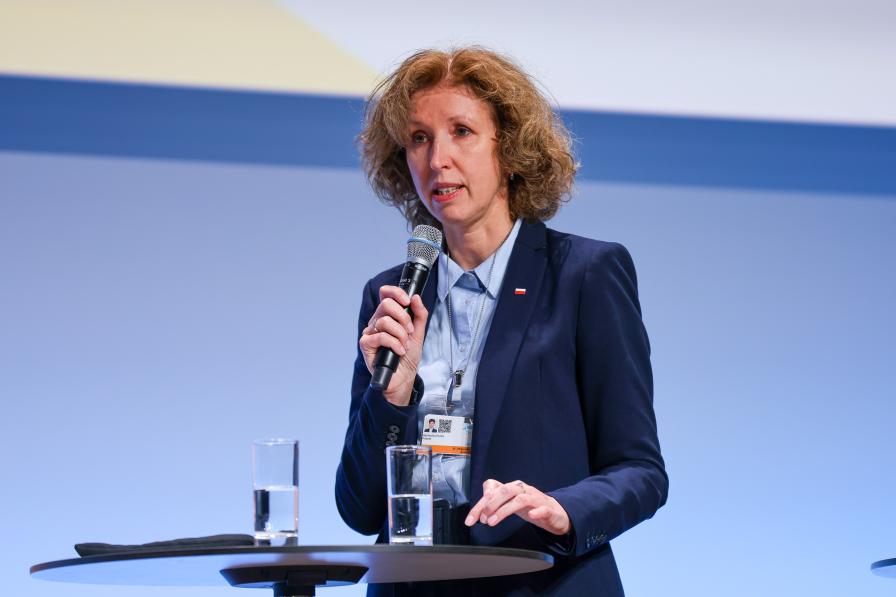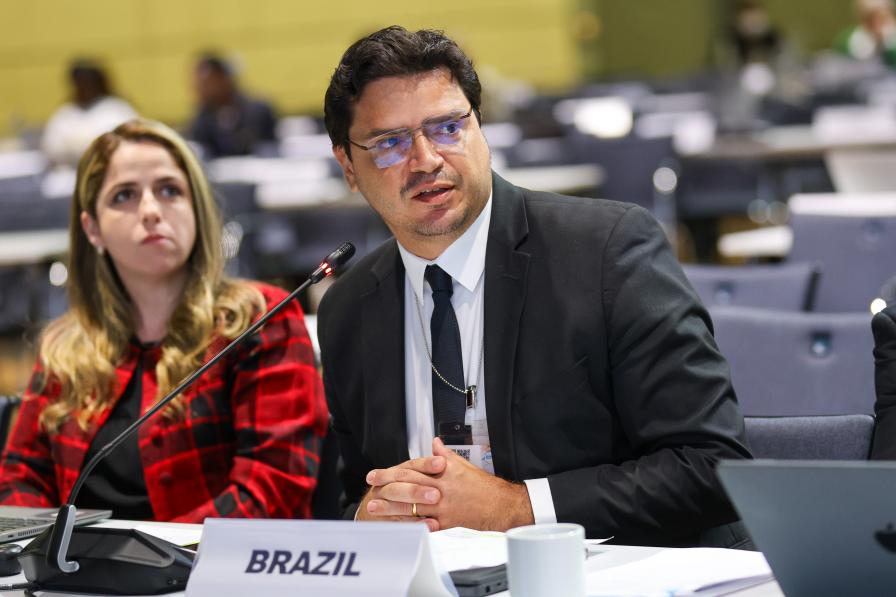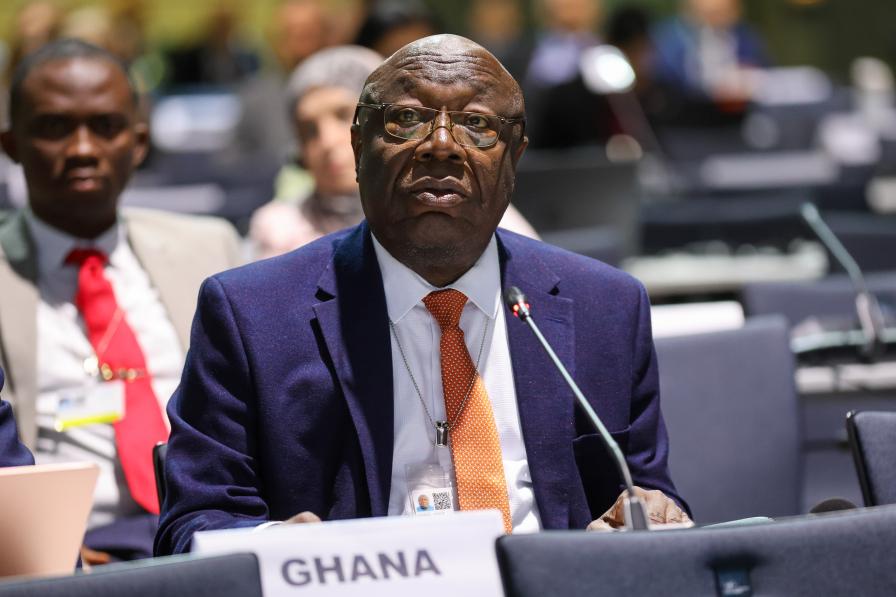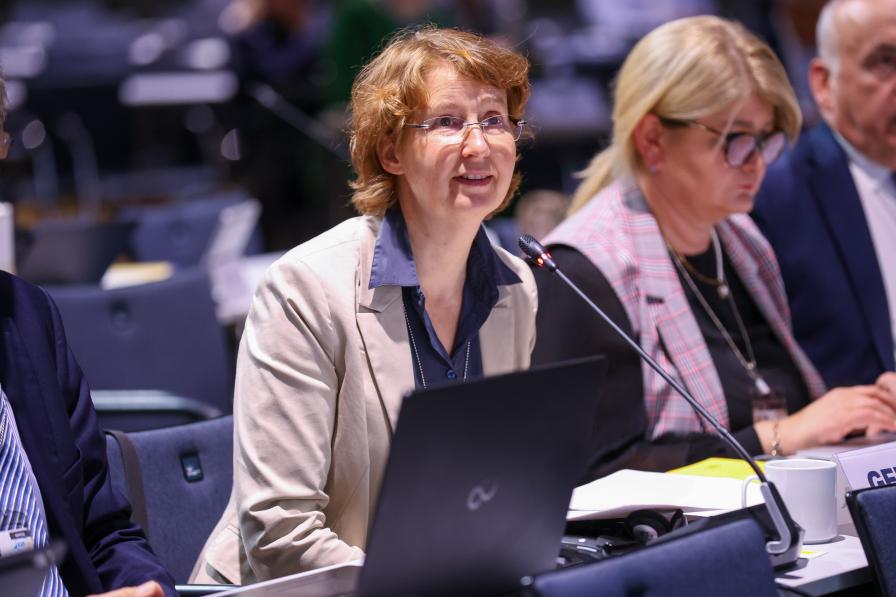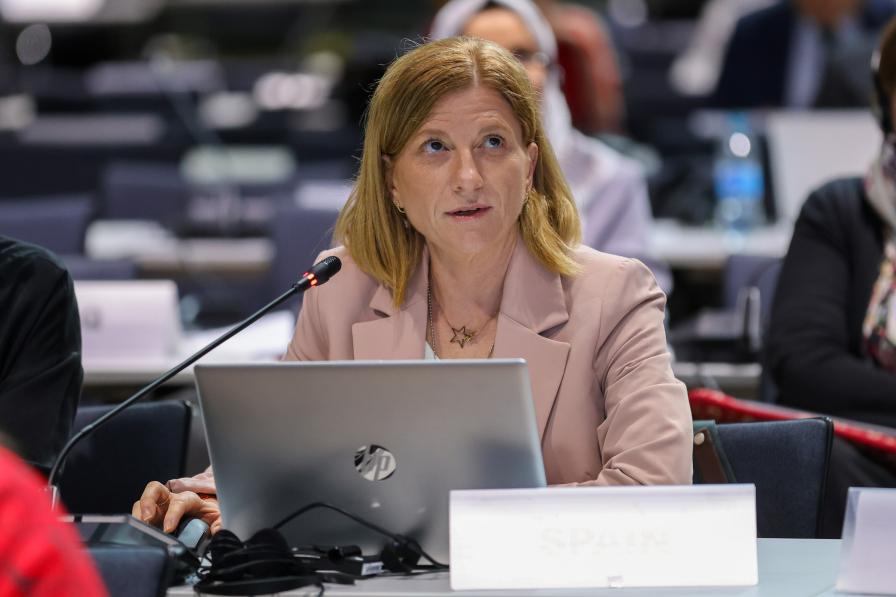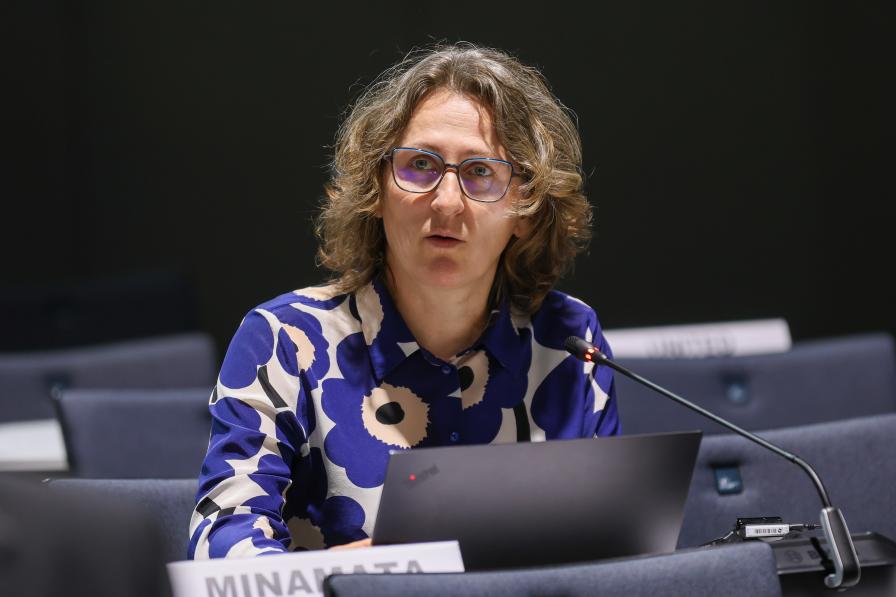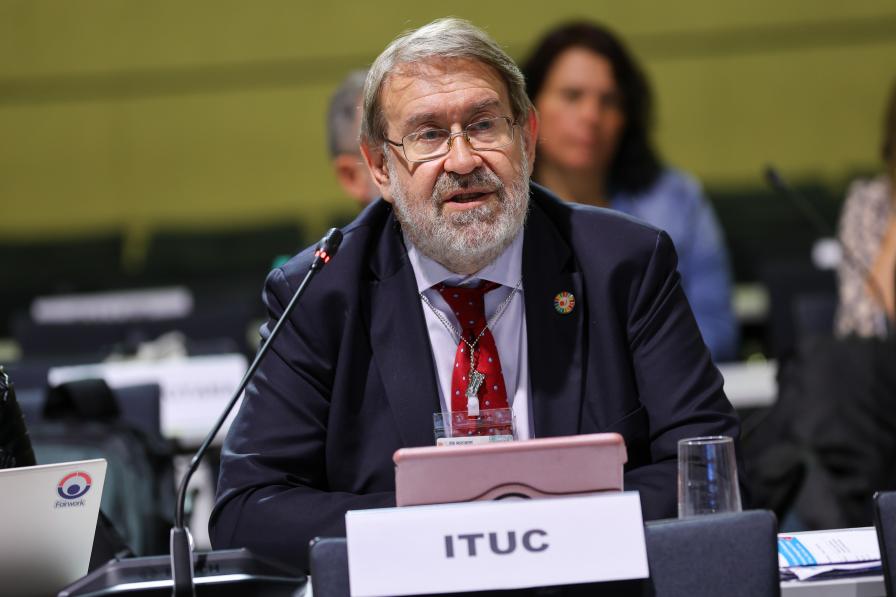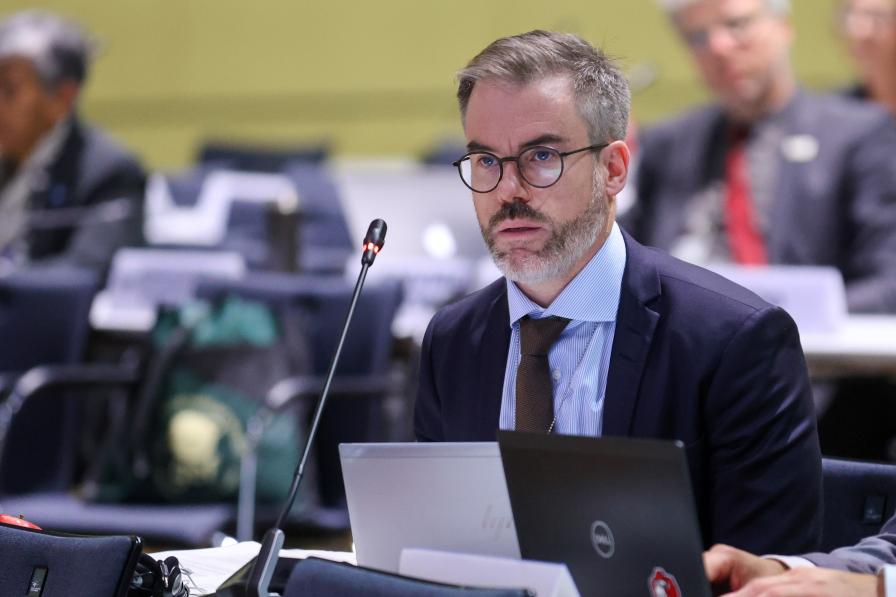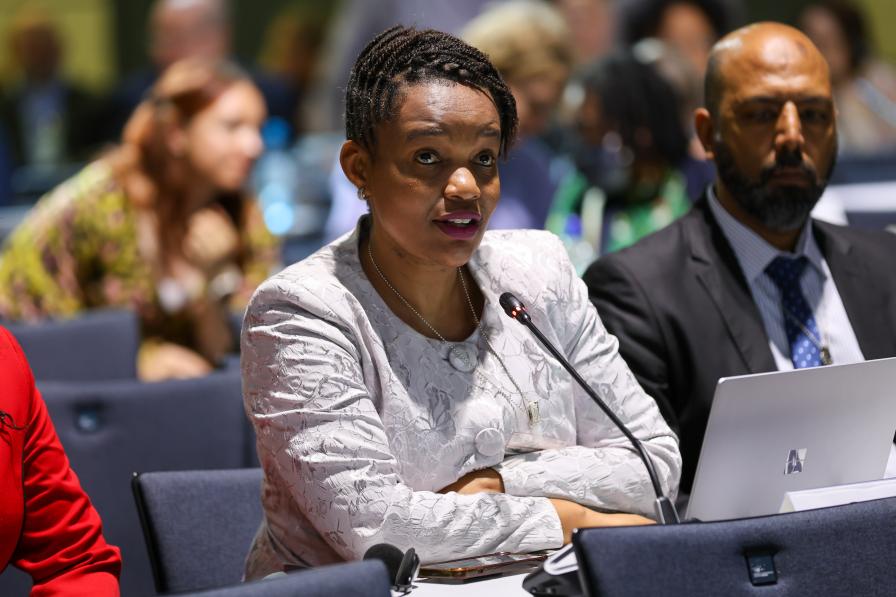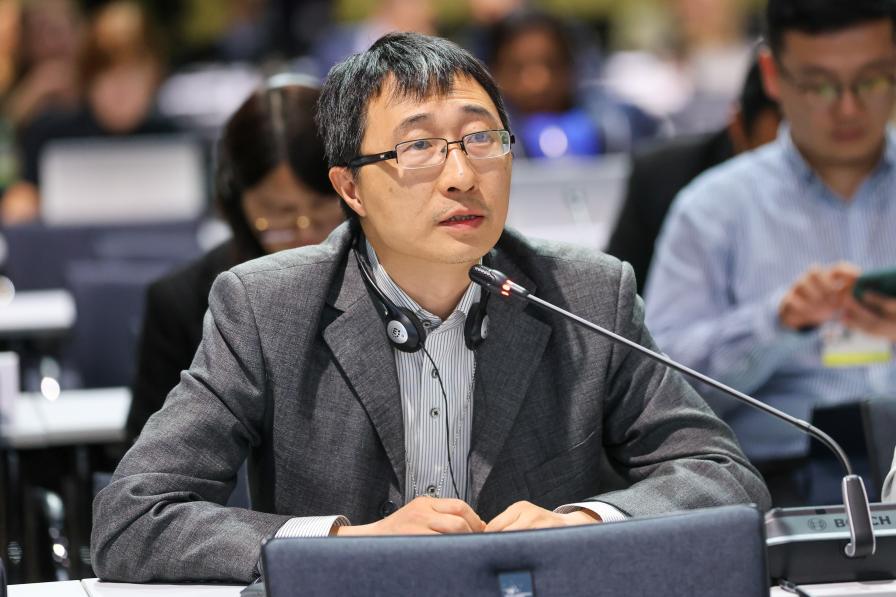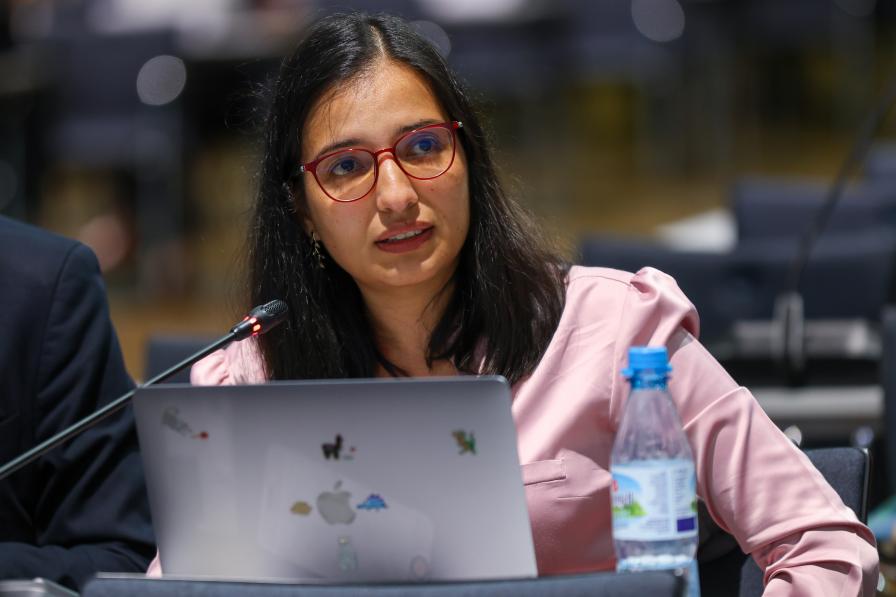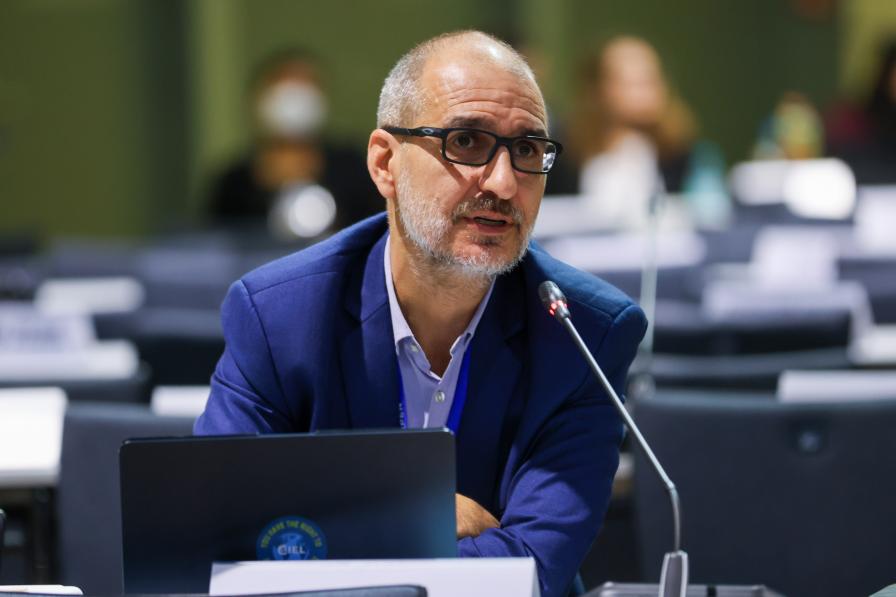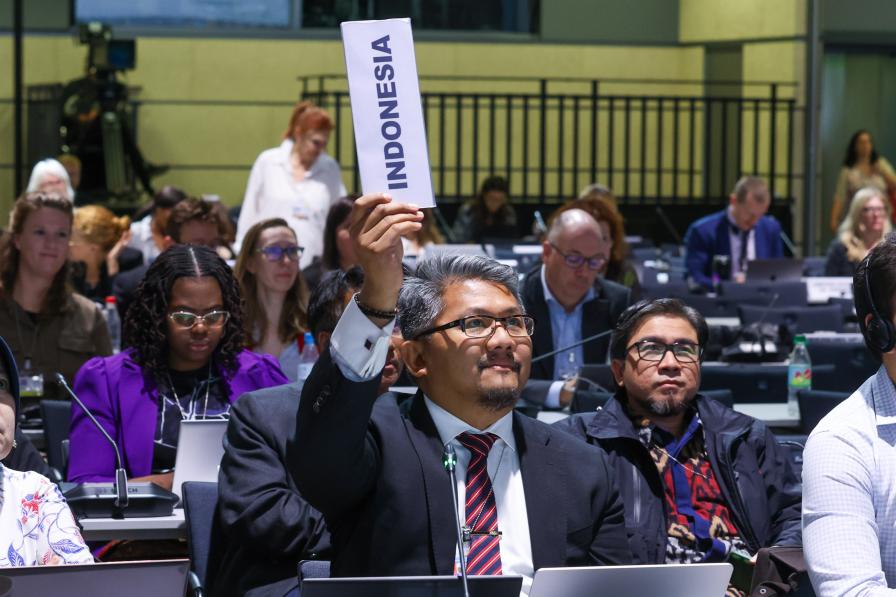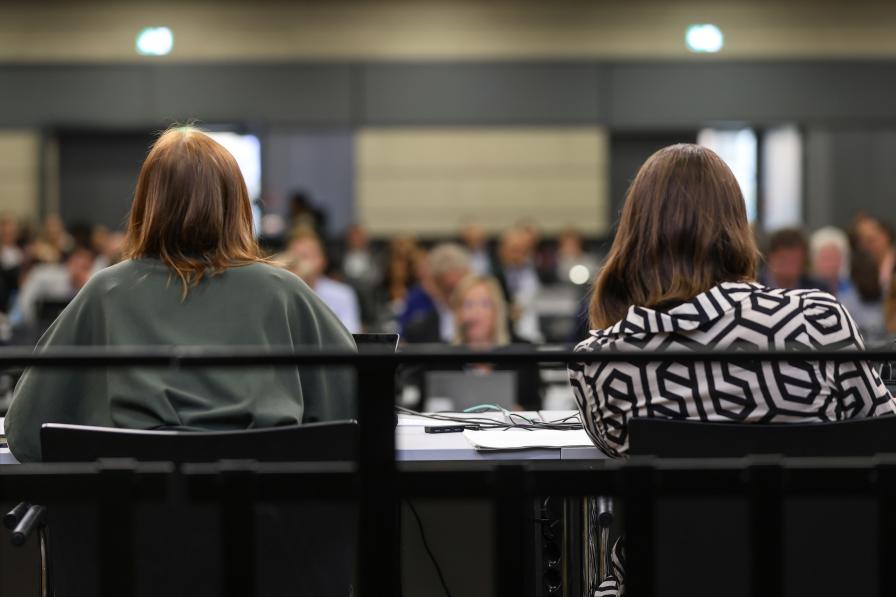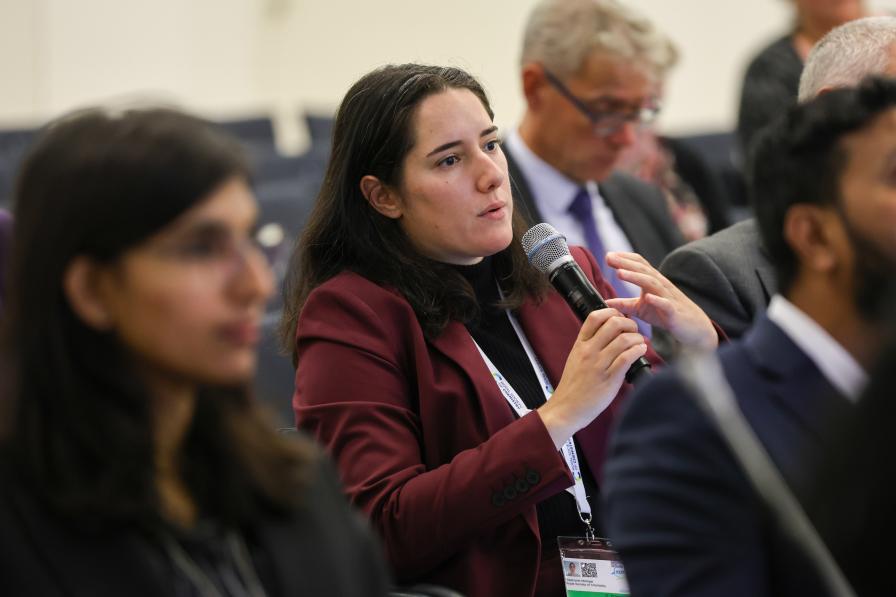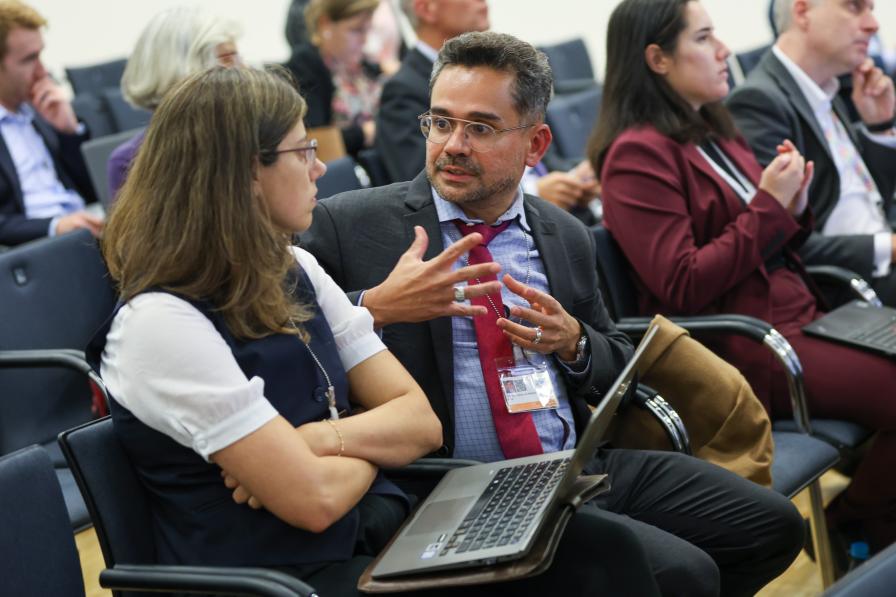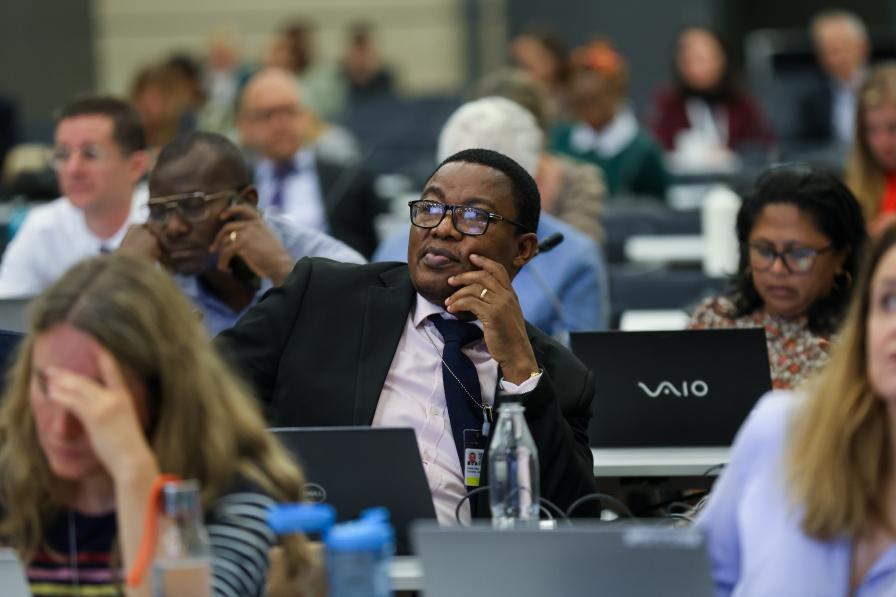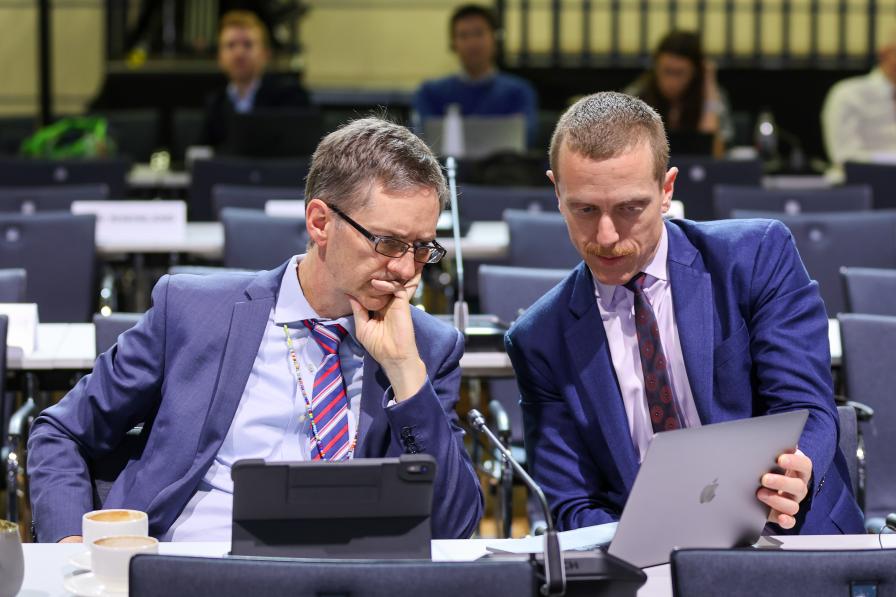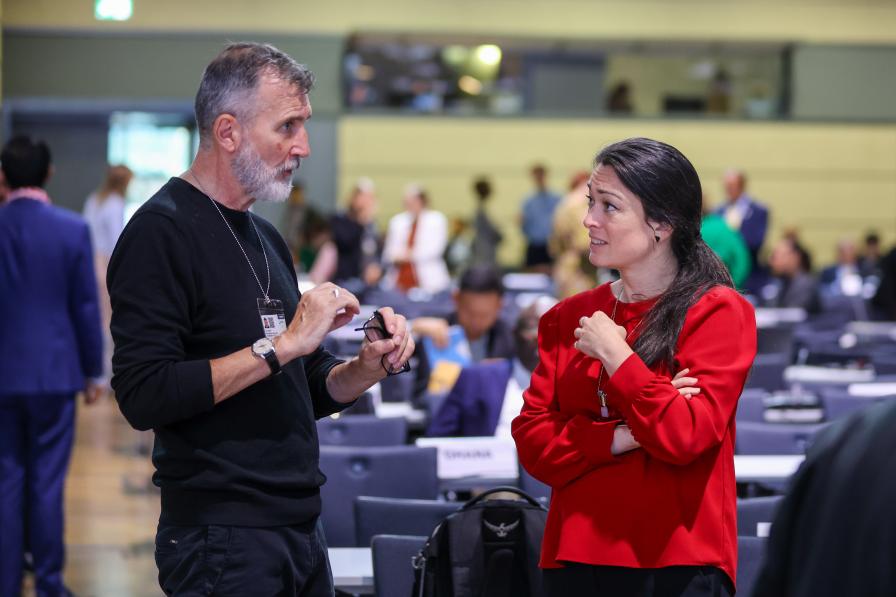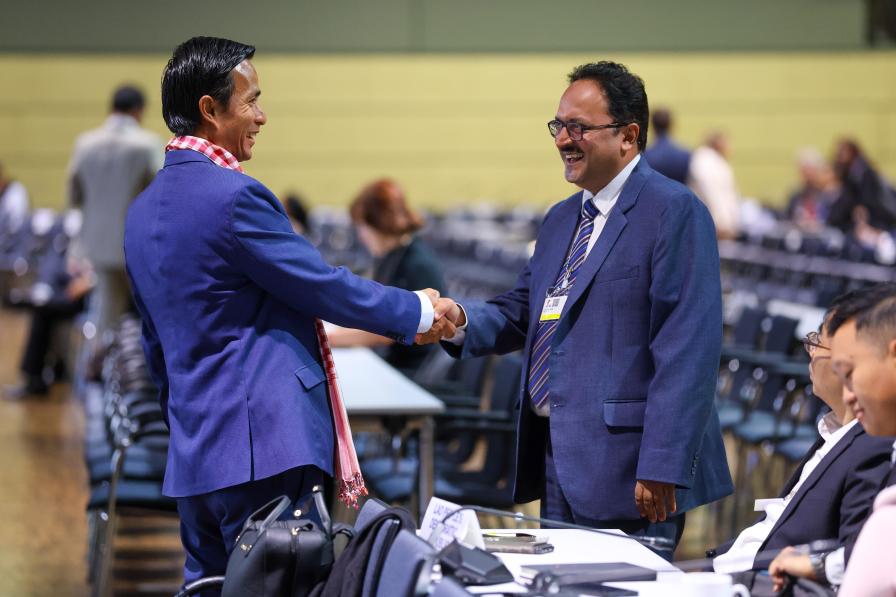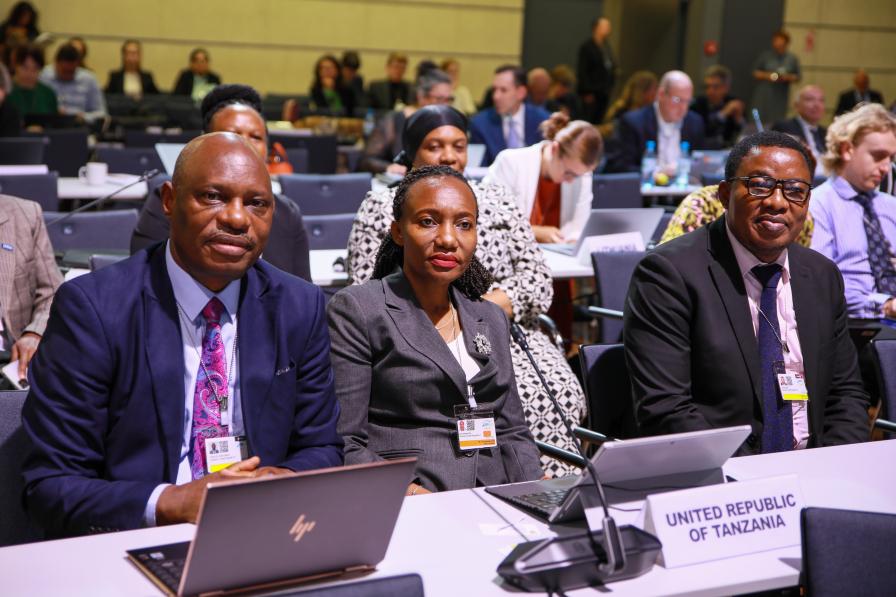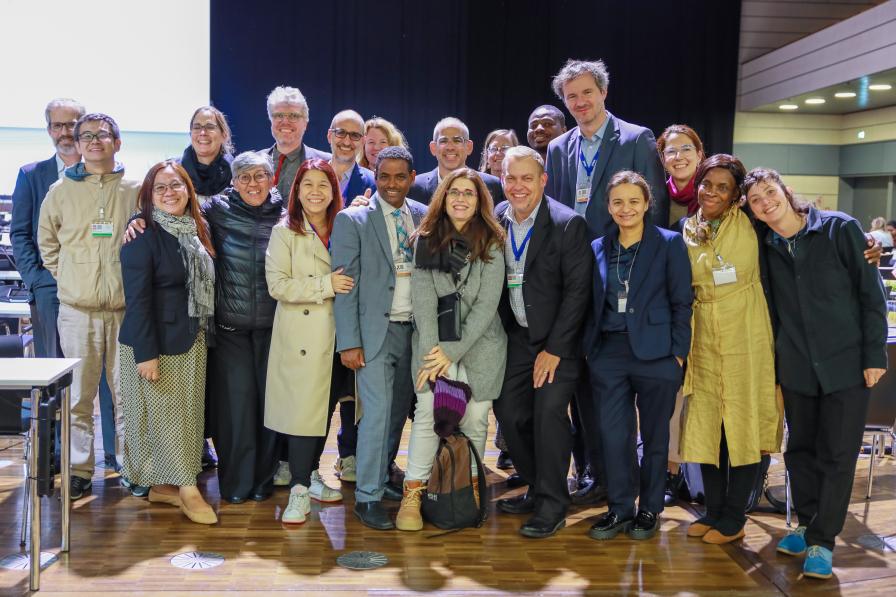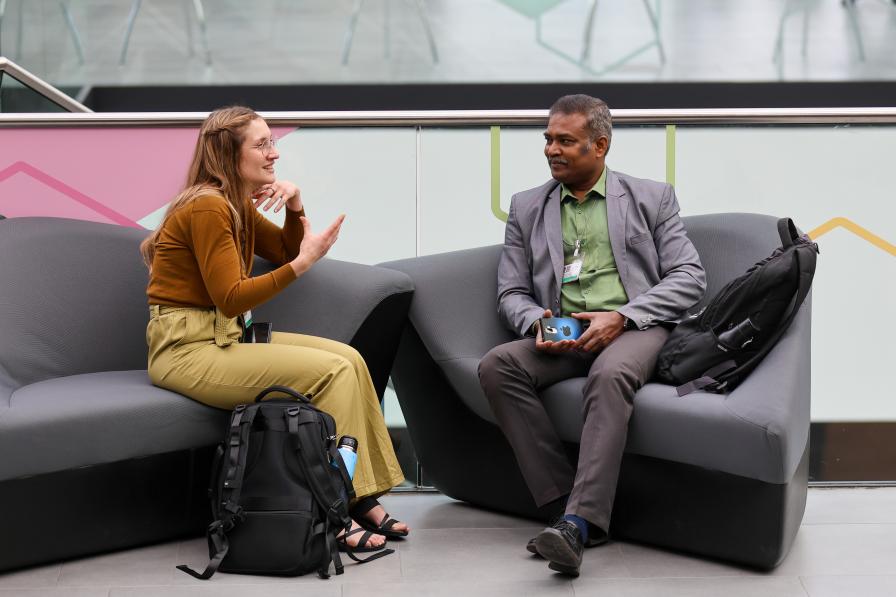10:20 am Update: President Breyer gavels ICCM5 to a close.
09:10 am Update: ICCM5 adopts finance resolution on finance that would establish a new voluntary, time-limited trust fund to support implementation activities in developing countries, LDCs, SIDS, and countries with economies in transition.
08:26 am Update: ICCM5 plenary passes resolution adopting the Global Framework on Chemicals and the High-level Declaration.
07:07 am Update: Applause as plenary has agreed on including a direct reference to the Rio Declaration in the chapeau of principles and approaches section of the framework.
04:47 am Update: CoW closes, clearing most, but not all, bracketed framework text, making way for reconvening plenary.
04:13 am Update: CoW clears framework section on capacity building.
03:05 am Update: CoW clears a target on exports of domestically prohibited chemicals.
00:21 am Update: CoW suspended as Co-Chairs consult ICCM5 President on how to break impasses on strategic objectives, finance, targets, principles and approaches.
11:45 pm Update: On institutional arrangements, delegates agreed to convene future Conferences every third year.
Several upbeat statements, two new funding pledges and calls for an ambitious new framework were heard during the High-level Segment on the final day of the Fifth International Conference on Chemicals Management. The rest of the day, and into the night, there were attempts in multiple parallel groups to forge consensus on key portions of the framework (scope, principles, targets, finance) and a proposed resolution on finance that would establish a new fund.
The second session of the High-level Segment (HLS) opened with a report of key messages from Thursday’s high-level roundtables on the themes of bridging implementation gaps; mobilizing leadership in value chains; and creating linkages and fostering action. The HLS then featured a long list of statements by Ministers, Deputy Ministers, Executive Secretaries of multilateral environment agreements, leaders from civil society and industry, and other high-level officials.
Germany announced that it would double its pledge to the new fund envisaged under the framework, from EUR 10 million to EUR 20 million. France announced that it would contribute EUR 400,000 in 2024.
It was also announced during the HLS that a name for the new instrument had been agreed: the Global Framework on Chemicals.
For the remainder of the day and late into the evening, tired delegates convened and reconvened in diverse “informal informal” groups to try and clear remaining bracketed texts. The Friends of the President group tried to break the impasse on the High-level Declaration but could not resolve the question of whether and how to refer to the principle of common but differentiated responsibilities (CBDR), because this issue remains open in parts of the framework text.
A group on finance managed to finalize mostly “clean” text for the better part of the framework’s financial considerations section, as well as a draft resolution on finance that would establish a new voluntary, time-limited trust fund to be known as the “Global Framework on Chemicals Programme Fund.” It would be managed by the UN Environment Programme (UNEP) and modelled after the Quick Start Programme of the Strategic Approach to International Chemicals Management (SAICM). The Fund would support implementation activities in developing countries, least developed countries, small island developing States, and countries with economies in transition. Delegates agreed that the terms of reference for the Fund would be reviewed at the first Conference under the new framework.
As the Committee of the Whole (CoW) prepared to meet for its final late-night session, outstanding questions still to be decided were: language regarding voluntary financial contributions to the framework for financing the Secretariat; and whether to keep a proposal by the African Group to endorse a “globally coordinated fee” on basic chemicals.
The targets group was unable to resolve differences on several proposed texts, including about language between “green” vs. “sustainable” chemistry in target D1; target A2 on international guidelines; and target A5 on banning exports of domestically prohibited substances. Target D3 on the private sector applying reporting standards also has an outstanding bracket on a late addition of internationally recognized “or equivalent” reporting standards.
ENB will post periodic updates on this page regarding Fifth International Conference on Chemicals Management (ICCM5)’s progress.
To receive free coverage of global environmental events delivered to your inbox, subscribe to the ENB Update newsletter.
All ENB photos are free to use with attribution. For the 5th International Conference on Chemicals Management and Resumed 4th Meeting of the Intersessional Process for Considering SAICM and the Sound Management of Chemicals and Waste Beyond 2020, please use: Photo by IISD/ENB | Mike Muzurakis.
High-Level Session
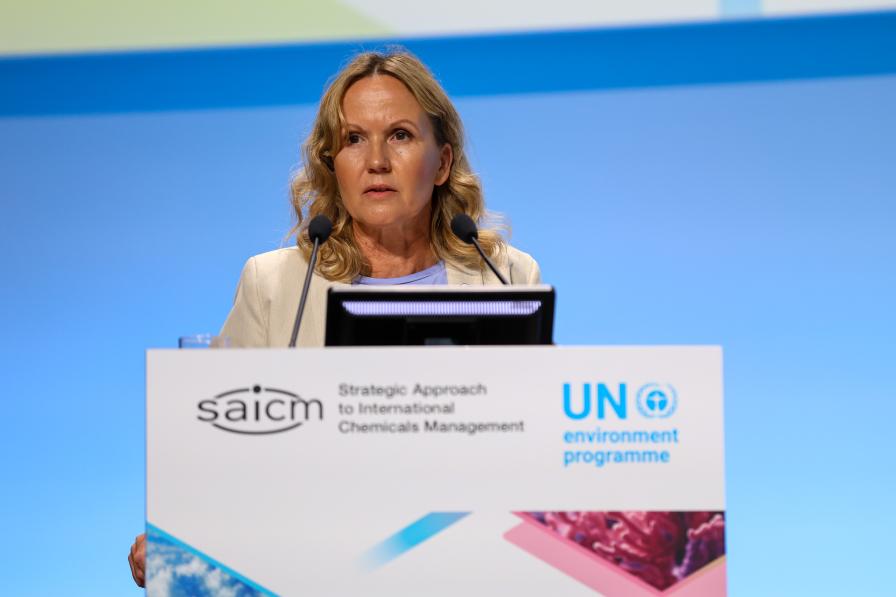
Steffi Lemke, Federal Minister for the Environment, Nature Conservation, Nuclear Safety and Consumer Protection, Germany

From L-R: Achim Halpaap, Senior Advisor on Chemicals and Waste, UNEP; Adalberto Maluf, National Secretary of Urban Environment and Environmental Quality, Brazil; John Mumbo, Kenya; Rebecca Pow, Minister for Environmental Quality and Resilience, UK; and Santos Virgilio, Angola
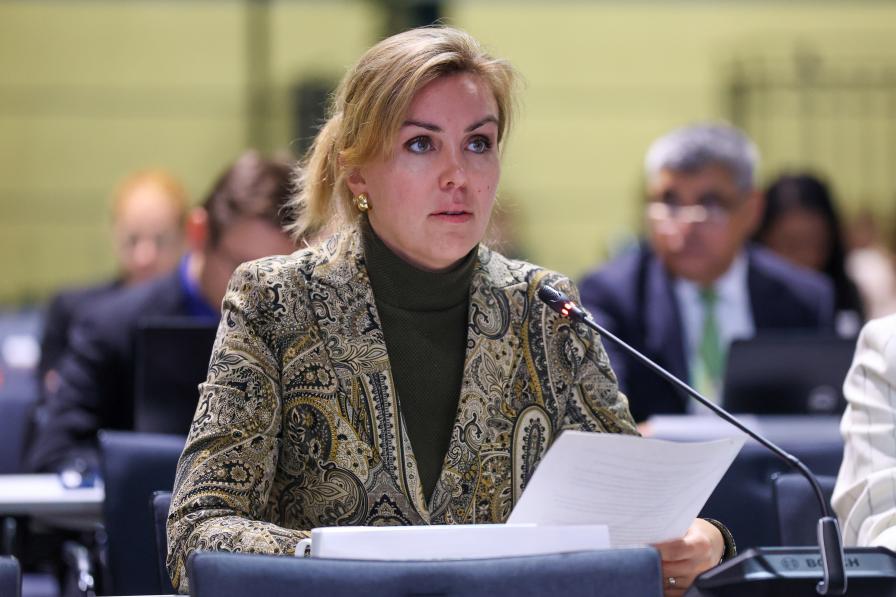
Vivianne Heijnen, Minister of Environment, Ministry of Infrastructure and Water Management, the Netherlands




